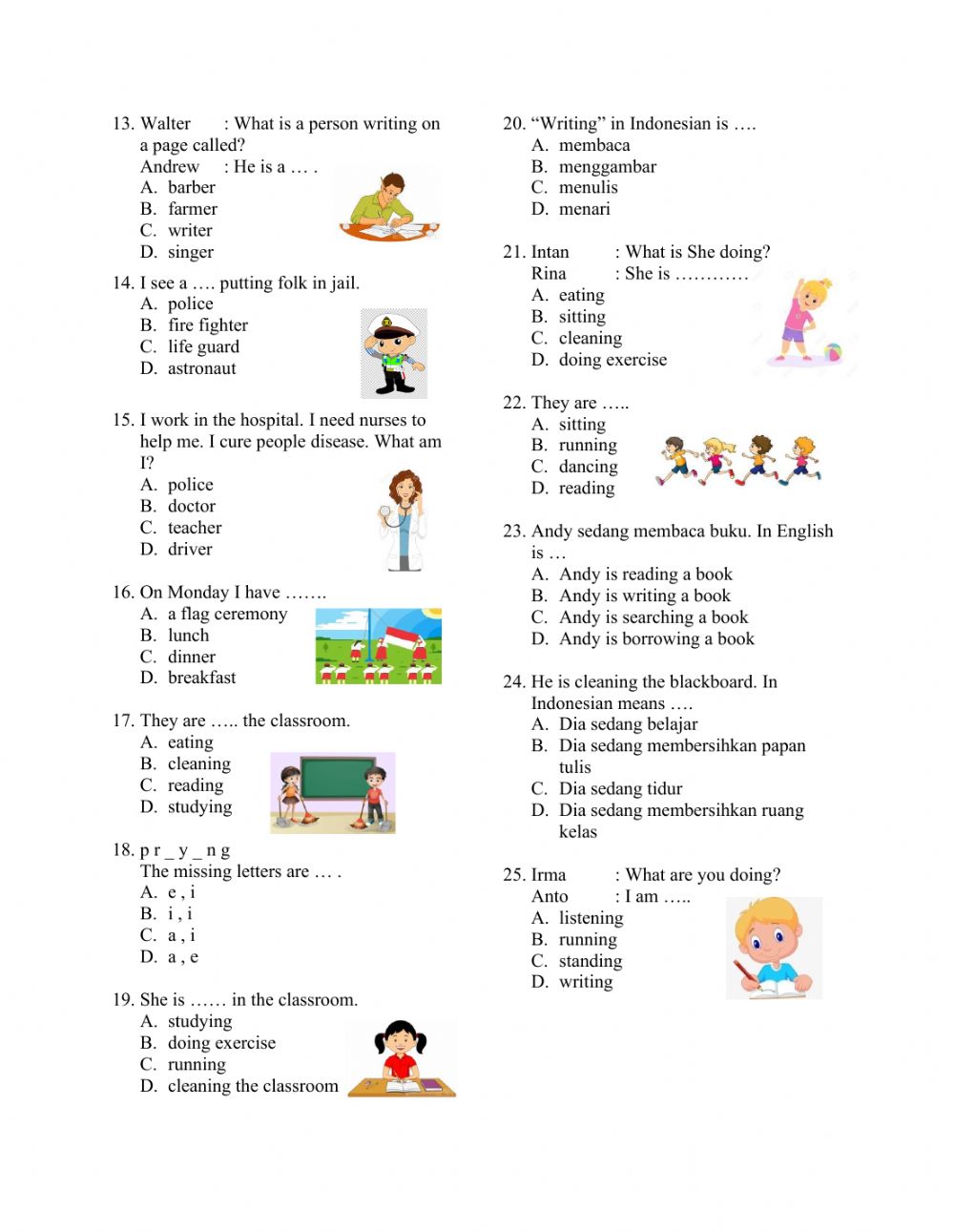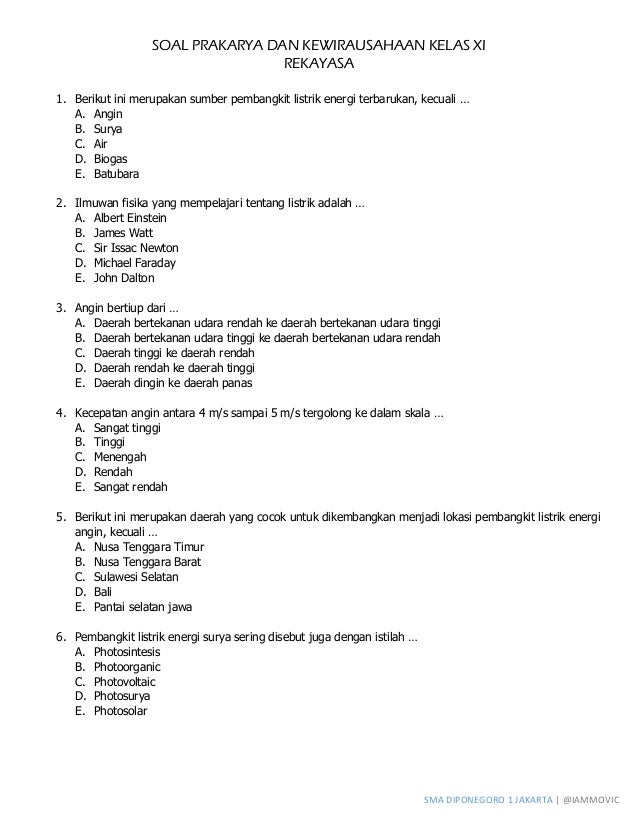Book Appointment Now

I. Introduction
a. Importance of English for young learners
b. Scope of the article: English for Grade 3, Semester 1
c. Overview of the topics covered
II. Vocabulary and Spelling
a. Basic vocabulary related to everyday objects, animals, and actions.
b. Examples of exercises: matching, fill in the blanks, writing sentences.
c. Focus on simple spelling rules and phonetic awareness.
III. Grammar
a. Simple sentence construction (Subject-Verb-Object)
b. Use of present tense verbs
c. Pluralization of nouns
d. Basic question words (what, where, who, when)
e. Examples of exercises: sentence building, sentence correction, question answering.
IV. Reading Comprehension
a. Simple stories and texts with pictures
b. Exercises focusing on understanding main ideas, identifying characters, sequencing events.
c. Example passages and comprehension questions.
V. Writing
a. Writing simple sentences and short paragraphs
b. Focus on correct spelling, punctuation, and grammar.
c. Example writing prompts: describing a picture, writing a short story.
VI. Speaking and Listening
a. Simple conversations and dialogues
b. Responding to simple questions and instructions
c. Example dialogues and questions for practice.
VII. Conclusion
a. Recap of the covered topics.
b. Emphasis on the importance of consistent practice.
c. Suggestions for further learning and resources.
English for Grade 3, Semester 1: Example Questions
English is a crucial language in today’s globalized world. Introducing it early to young learners like third graders lays a strong foundation for future academic and personal success. This article provides examples of English questions suitable for Grade 3 students in the first semester, covering key areas like vocabulary, grammar, reading comprehension, writing, and speaking. The questions are designed to be engaging and age-appropriate, fostering a positive learning experience.
I. Vocabulary and Spelling:
This section focuses on building a strong foundation in basic vocabulary and spelling. Students should be comfortable with common words related to everyday objects, animals, actions, and simple descriptive words.
Exercises:
-
Matching: Match the pictures with the correct words: (Pictures of a cat, dog, sun, tree) (Words: cat, dog, sun, tree)
-
Fill in the blanks: The is blue. (sky) The barks. (dog) The ____ meows. (cat)
-
Sentence writing: Write a sentence using the words: big, red, ball. (Example: I have a big red ball.)
-
Spelling: Spell the following words: cat, hat, mat, sat, bat.
-
Phonetic Awareness: Circle the word that starts with the same sound as “sun”: sun, run, bus, cup
II. Grammar:
This section concentrates on fundamental grammatical concepts. Students will learn to construct simple sentences, use present tense verbs, pluralize nouns, and understand basic question words.
Exercises:
-
Sentence Building: Arrange the words to make a sentence: boy, the, plays, ball, the. (The boy plays the ball.)
-
Sentence Correction: Correct the sentence: She is eats an apple. (She eats an apple.)
-
Present Tense Verbs: Fill in the blanks with the correct form of the verb “to be”: The cat on the mat. (is) The dogs running. (are)
-
Pluralization: Write the plural form of the following words: cat (cats), dog (dogs), tree (trees), sun (suns), bus (buses).
-
Question Words: Answer the questions: What is your name? Where do you live? When is your birthday? Who is your teacher?
III. Reading Comprehension:
This section aims to develop reading comprehension skills by using simple stories and texts accompanied by engaging illustrations.
Example Passage:
The little bird flew high in the sky. It sang a sweet song. The sun shone brightly. The bird flew to its nest in a big tree.
Comprehension Questions:
- Where did the bird fly?
- What did the bird do?
- What was the weather like?
- Where was the bird’s nest?
- What color was the bird? (Open-ended to encourage inference)
IV. Writing:
This section focuses on developing writing skills, beginning with simple sentences and progressing to short paragraphs. Emphasis is placed on correct spelling, punctuation, and grammar.
Writing Prompts:
- Describe your favorite toy.
- Write a short story about a cat and a mouse.
- Draw a picture and then write a sentence describing it.
V. Speaking and Listening:
This section aims to enhance communication skills through simple conversations and dialogues. Students will practice responding to simple questions and instructions.
Example Dialogue:
Teacher: What is your name?
Student: My name is [Student’s Name].
Teacher: What is your favorite color?
Student: My favorite color is [Student’s Favorite Color].
Exercises:
- Role-playing simple scenarios (e.g., ordering food, asking for directions).
- Following simple instructions (e.g., "Point to the cat," "Clap your hands").
- Answering simple questions about themselves and their surroundings.
VI. Additional Example Questions:
- Circle the correct word: The opposite of big is (small, tall, short).
- Choose the correct sentence: (a) The cat sits on the mat. (b) The cat sit on the mat.
- Write a sentence about your family.
- Draw a picture of your house and label it.
- Listen to a short story and answer questions about the characters and plot.
- Match the animal to its sound: (cow-moo, dog-woof, cat-meow)
- Complete the pattern: red, blue, red, blue, ____
- Write five words that start with the letter "B".
- Describe what you did yesterday.
- What are three things you like to eat?
VII. Conclusion:
This article has provided examples of English questions appropriate for Grade 3 students in their first semester. Consistent practice and engaging activities are crucial for building a solid foundation in English language skills. Utilizing diverse resources like picture books, interactive games, and online platforms can further enhance learning and make the process enjoyable. Remember, positive reinforcement and encouragement are key to fostering a love for learning English at this early stage. Parents and educators can play a significant role in supporting their young learners’ journey towards English proficiency.



